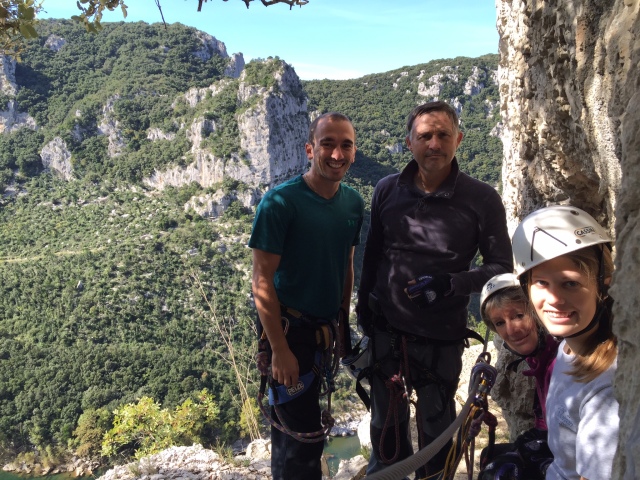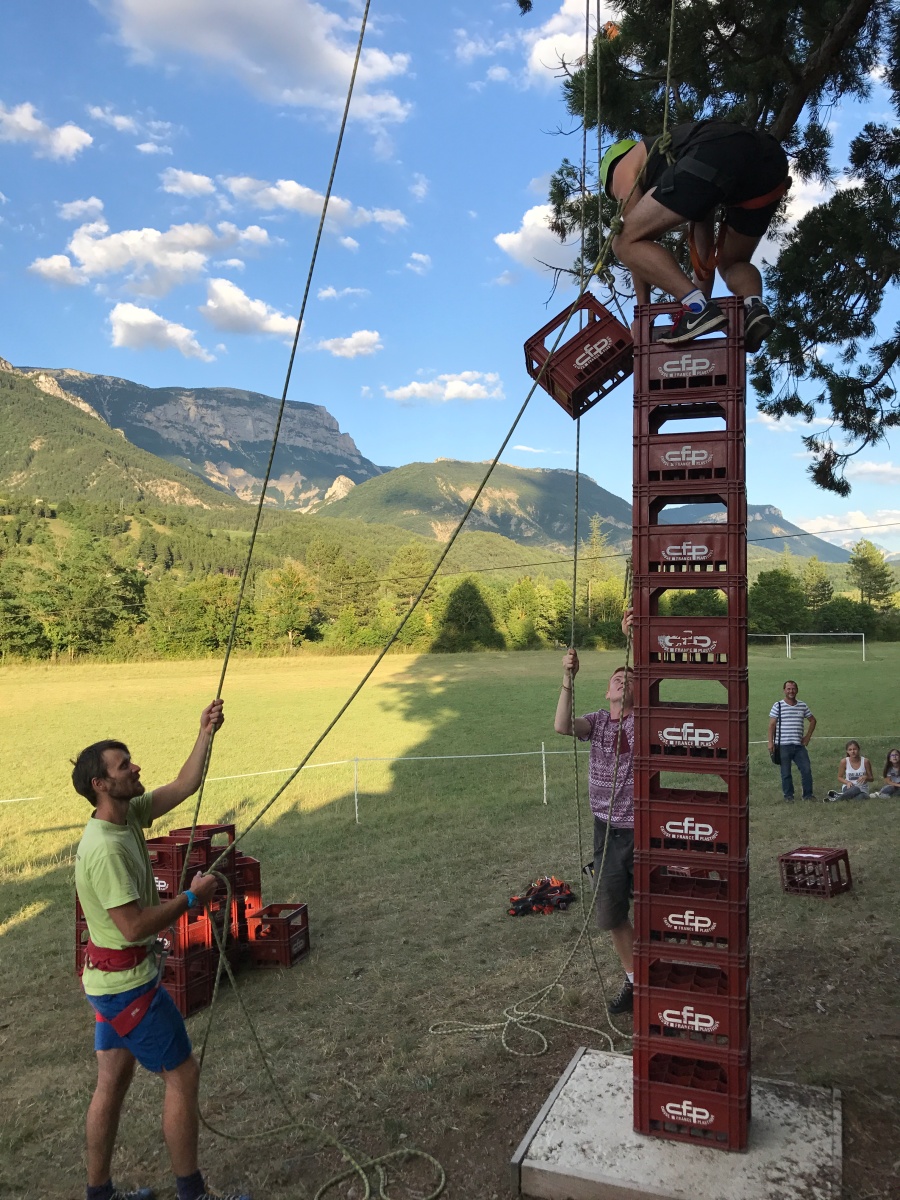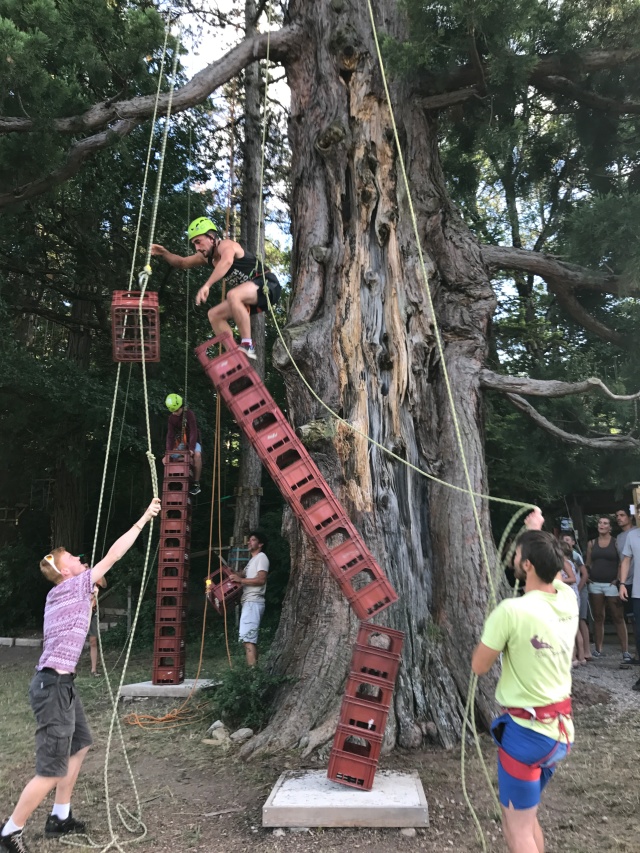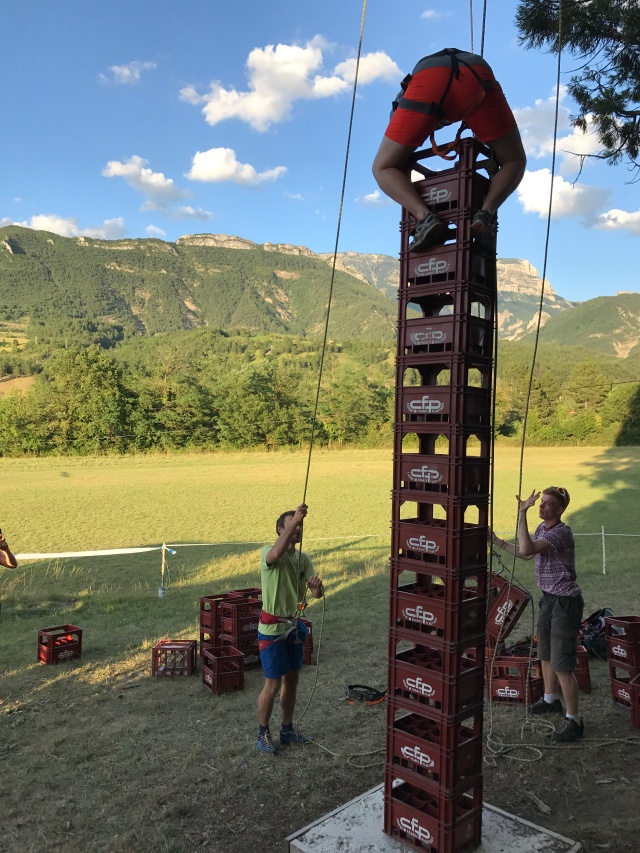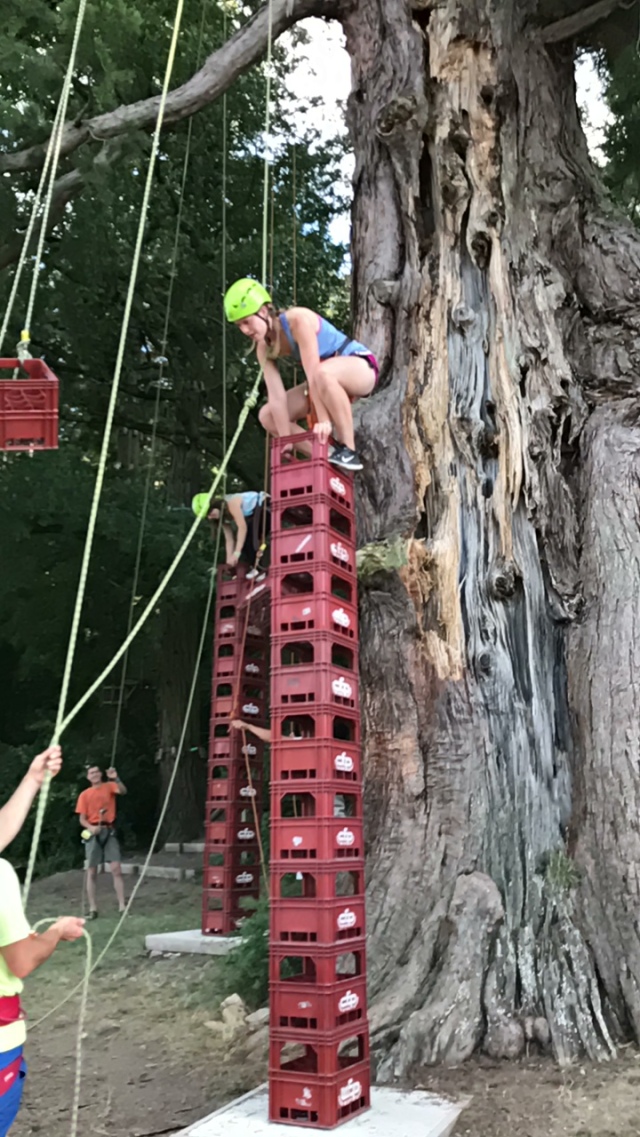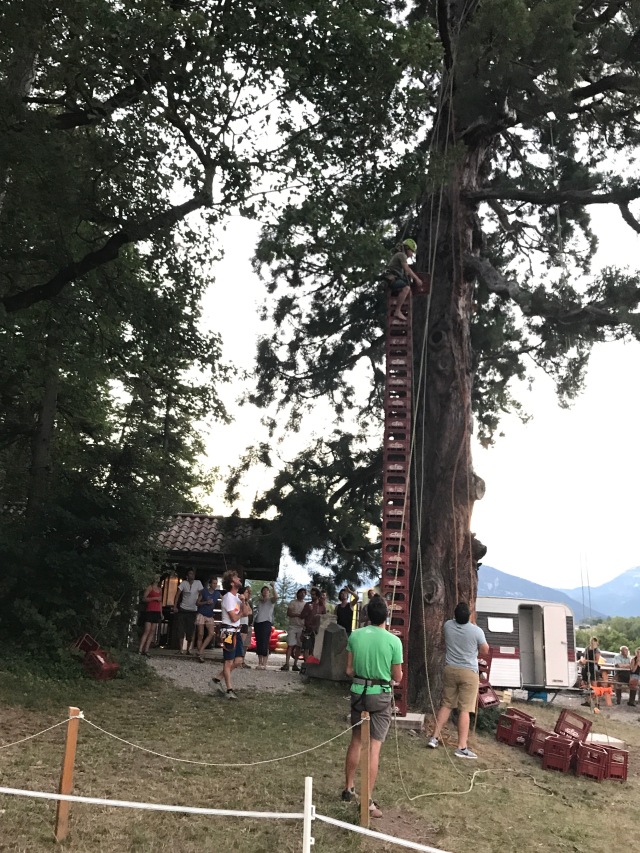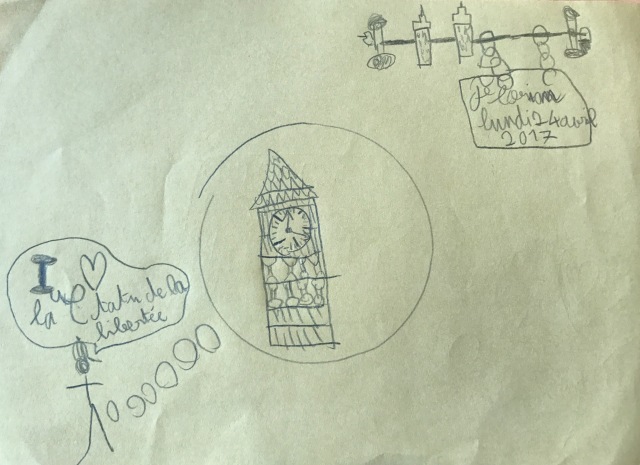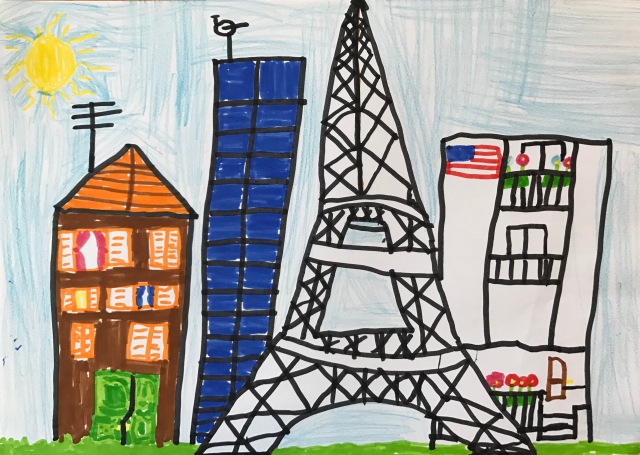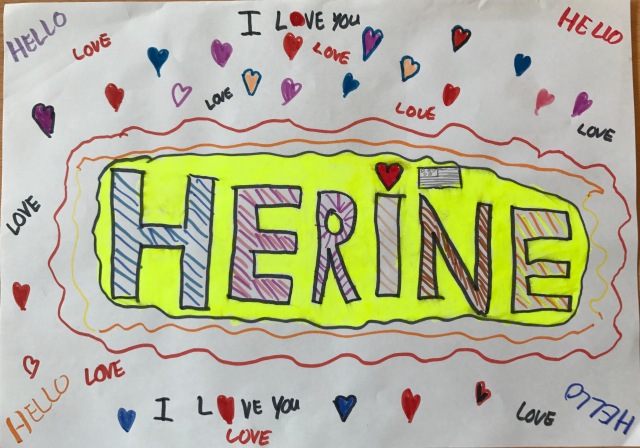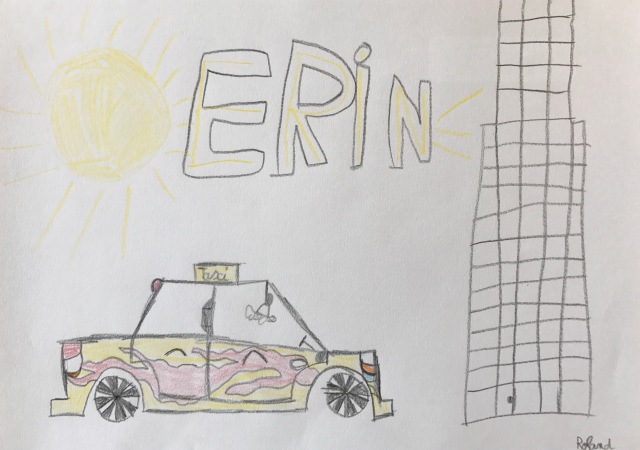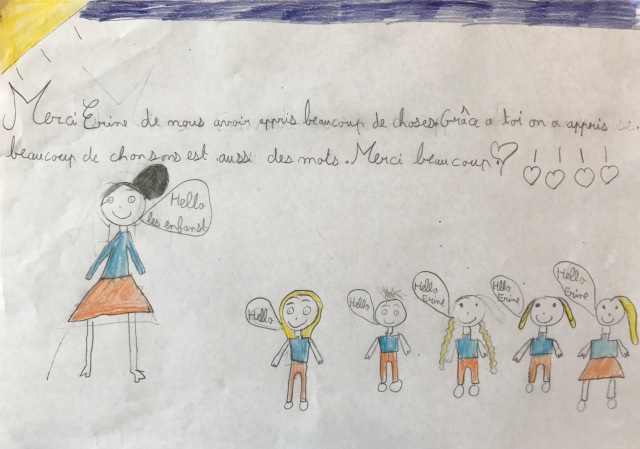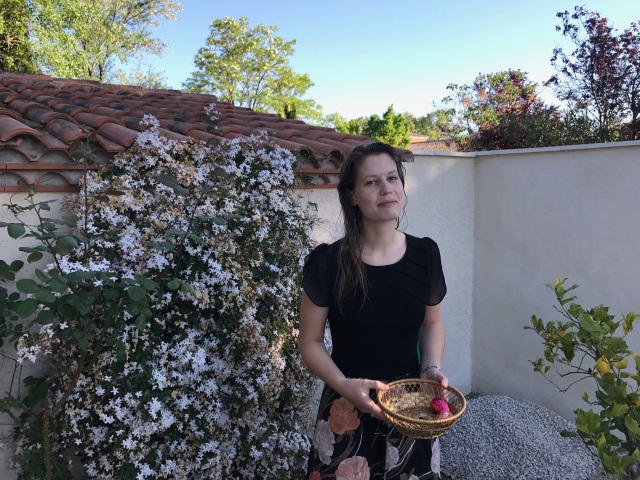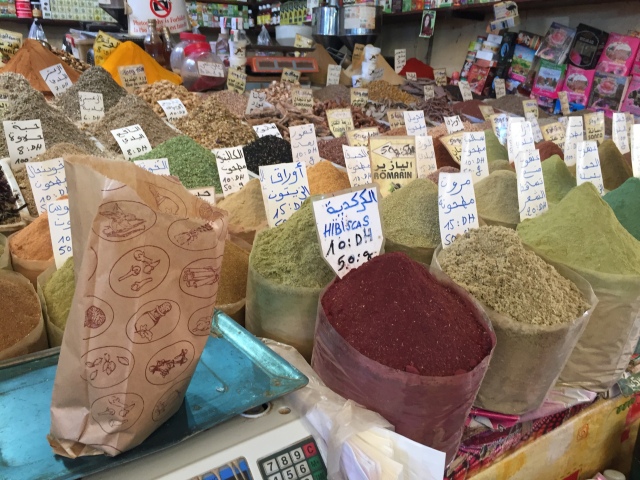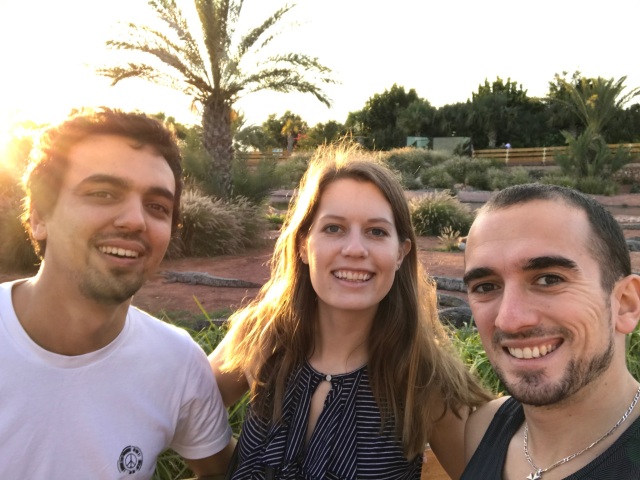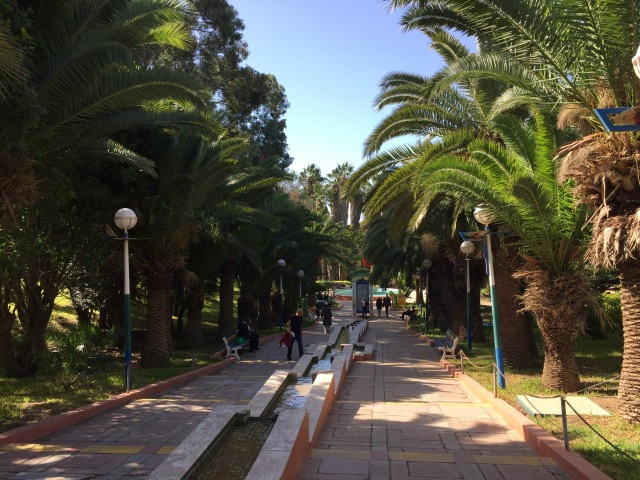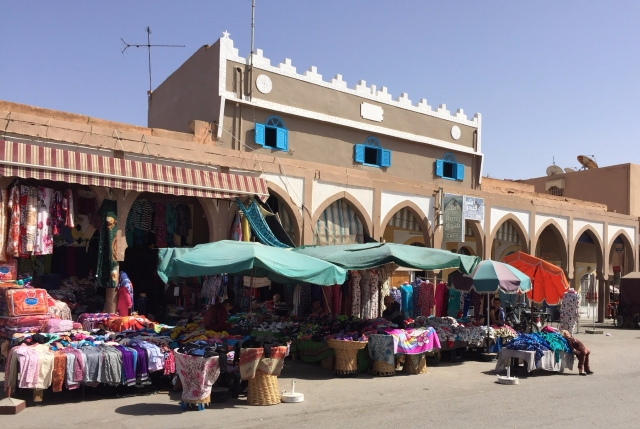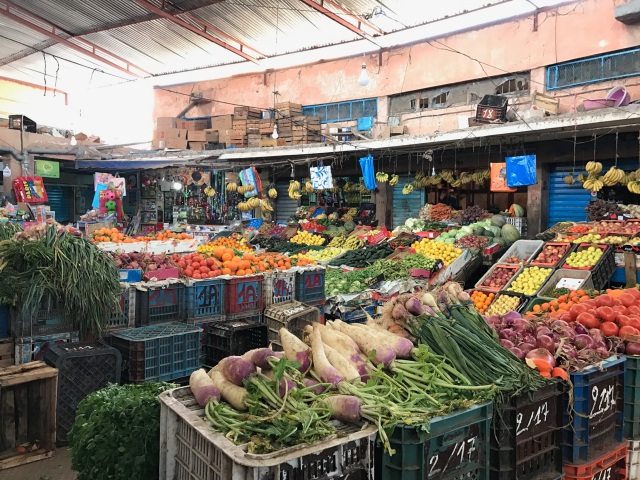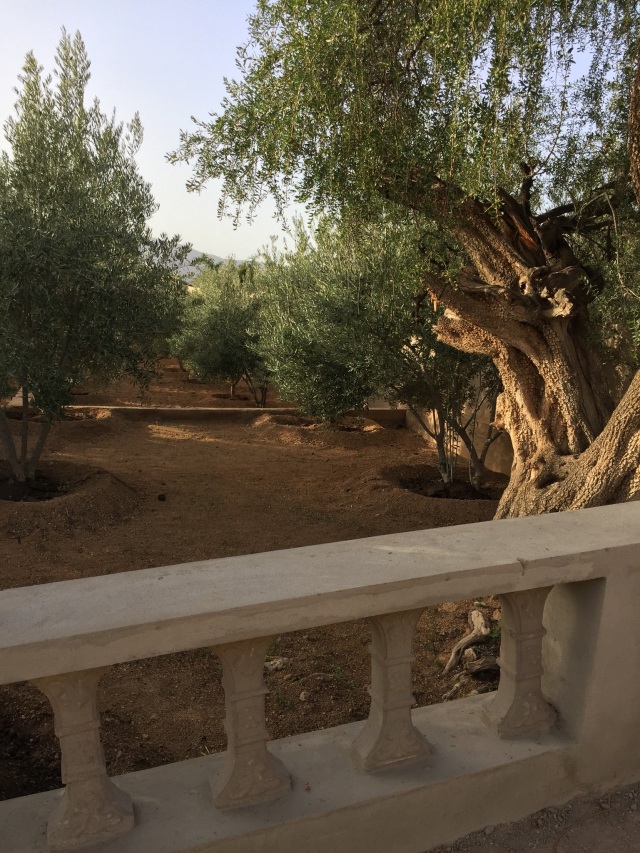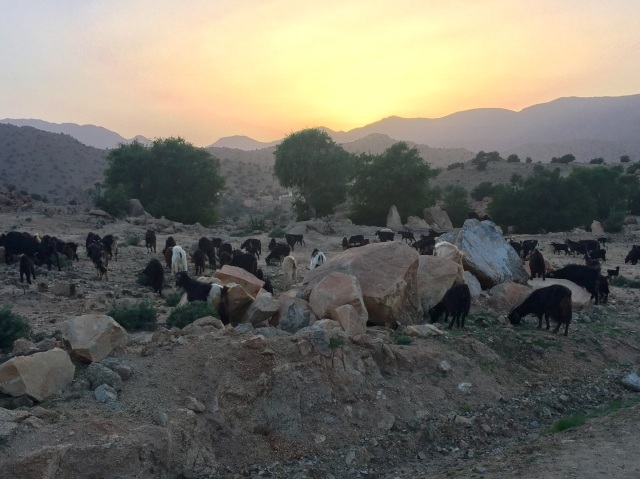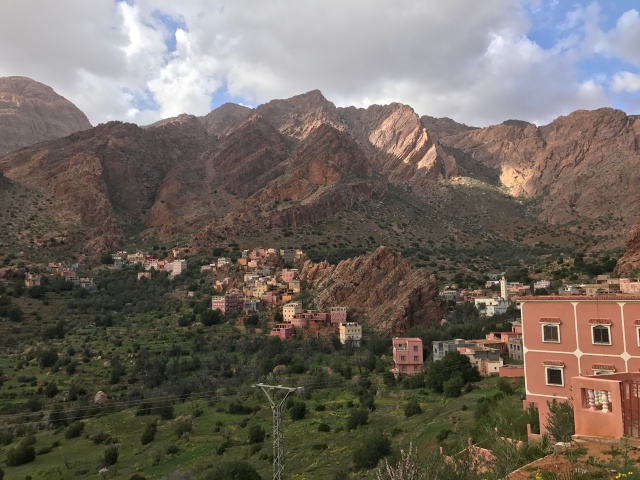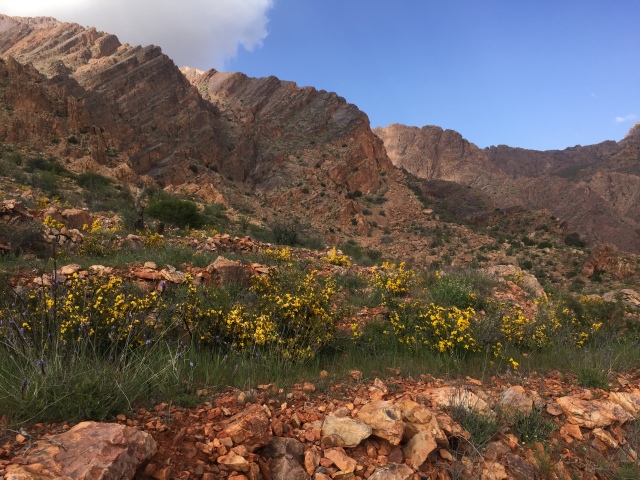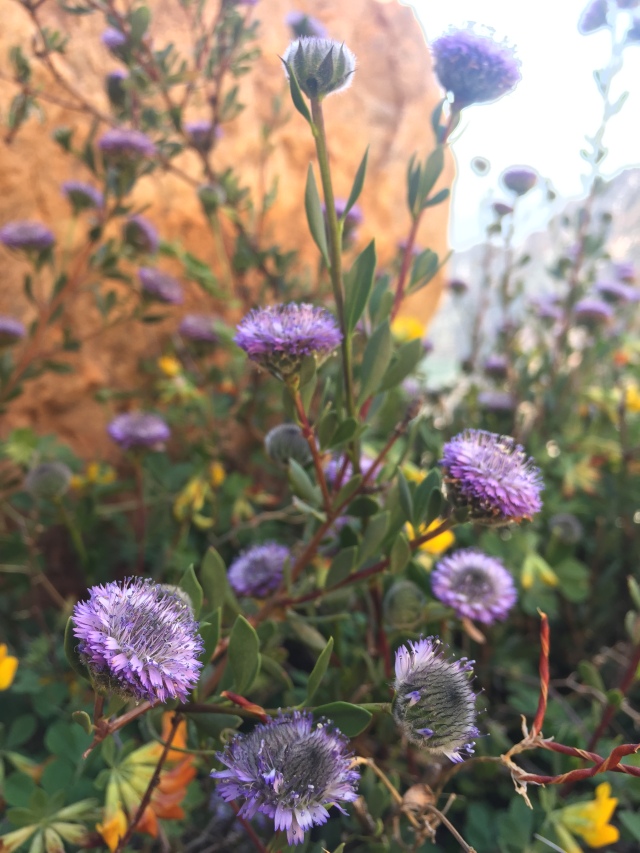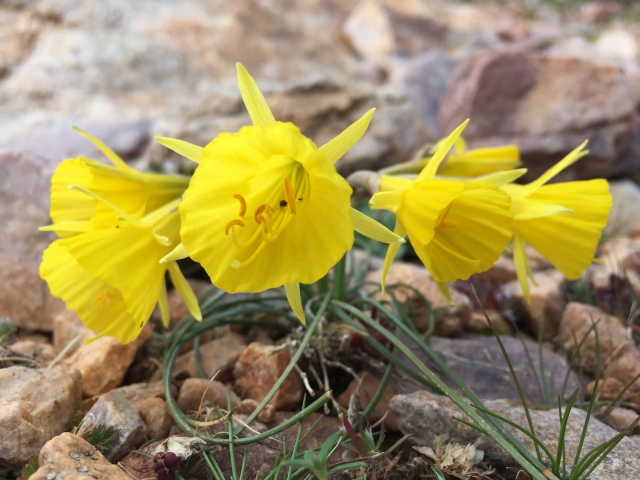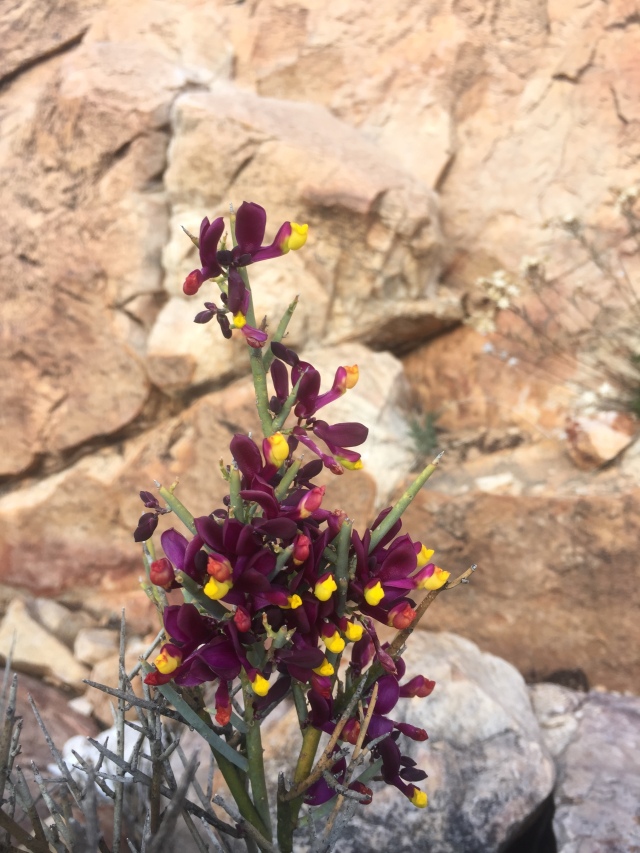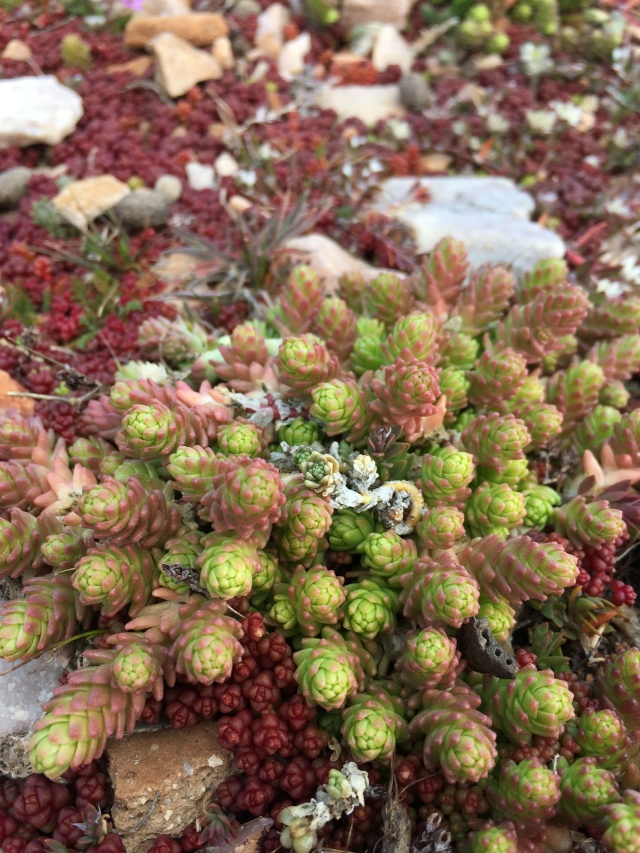As I was working as an assistant in French elementary schools for the past two years, I couldn’t help but notice the differences between the French and American school systems. Some are small, like crossing 7’s, and some are huge, like the French baccalaureate.
As a caveat, I have never actually taught in American public schools. All of my knowledge comes from going through the system as a student, so perhaps some of it is out of date or skewed by my memories. Also I am from Minnesota, and all of my knowledge is from that area of the US. I know schools can differ a lot depending on the area of the country.
So for the info of future TAPIF language program assistants or anyone that is simply curious:
- Small differences at the elementary school level
First of all, in France all the students use erasable pens to write. In my schooling, I wasn’t allowed to go near a pen until high school.
They are taught to write their 1’s, 7’s, and 9’s slightly differently. I didn’t want to cross my sevens or cap my ones but I ended up doing it when I wrote on the board because it confused the kids when I didn’t. (Erin? Is that a seven or a one?)

French elementary students are very strictly taught to write in cursive as well. And they continue to do it through the rest of their schooling and into their adult life (even though it isn’t required anymore). I remember my elementary school teachers were very strict about cursive as well, but as soon as we entered middle school it fell by the wayside and nobody used it anymore.
Split level classes are quite common. For example, I often taught in classes that were half 7-year-olds and half 9-year-olds. It is a lot of work for the teachers because they have to teach constantly. They teach one group a lesson, then give them something to work on quietly while they teach the other group’s lesson and keep switching back and forth like that. Some teachers enjoy the challenge and think it is good for the kids to be exposed to the other lessons. The advanced kids in the younger class can learn something from older class’s lessons, and the struggling kids in the older class can review the basics from the younger class’s lessons.
The closest American equivalent that I had heard of was the one-room prairie school house concept.
The elementary schools I worked in rarely had substitute teachers. If a teacher was absent, they split up the class into all the other classes. The kids had to sit in the back of the classrooms and work quietly on their own. One teacher I talked to about this said their national education budget was cut recently so there isn’t much money for substitutes. Substitutes are first sent to small schools with only one class (or less) per grade because they can’t break up their classes easily into the other ones.
French teachers are not afraid to hold back students if they feel like they are not ready to move on, even in high school. It happens much more often than in the US, and there isn’t as much stigma attached to it. However, because of a recent education reform in France, teachers are no longer allowed to hold kids back at the elementary level (This may change again soon; every new administration that comes into power brings its own reforms.)
The grades are not named the same of course

At the end of lycée ( the equivalent of high school) there is this huge test called the Baccalaureate (often referred to as the Bac). French people don’t talk in terms of high school diplomas, they say they ‘have the Bac’.
The Bac is a cultural phenomenon, a stressful test that looms over every high school student’s head. It takes several days and there are oral and written portions for each subject.
In the US getting a high school diploma is more about passing all of the required classes. In Minnesota there are a few state assessment tests students take throughout high school, but they don’t affect their graduation and are used more of a way to judge the schools. The SAT/ACT tests are taken to get into colleges but they test critical thinking skills rather than depth of knowledge in a specific subject.
- Earlier specialization, but more rigid
At the beginning of high school, French students chose a specialization. The three main ones are Science, Literature, and Economics and Social Sciences. They follow a relatively rigid set of coursework through high school up through the Bac. In the US, students don’t technically specialize, but as they progress, they have more freedom to choose the classes they would like to take.
This continues in college. A three year french ‘Licence’ is the equivalent of a four year American bachelor’s degree. Why? Because Americans have a lot of general education credits, even in college. French people find it strange I had to take a history class in order to graduate with a Bachelor’s of Science in Horticulture! I really like this type of well-rounded education, but I know other Americans who think these types of requirements are a waste of time.
In the United States it is also possible to have two different ‘majors’ or a ‘major’ and ‘minor’. It wouldn’t have been possible for me to do an art minor in France.
College admission in the US seems to be based more on a variety of factors. Admission counselors look at an applicant’s high school transcript, extra-curricular activities, SAT/ACT scores, and application essays.
In France, in order to get into good universities, especially for business, engineering and health sciences, they have to pass specific standardized tests. Only their test scores determine their entry. It seems like a very high stakes affair. In order to prepare, they often go to ‘preparatory’ schools for two years after high school.
- School calendar and schedule
French schools start in September and go until the beginning of July, but there is a lot of vacation in between. Students normally go to school for six weeks, and then have two weeks off. In the US school vacations are few and far between. We got a week and a half for Christmas, two days for Thanksgiving, one week for spring break, and then some random teacher workdays and snow days (yeah Minnesota!).
French schools normally have all Wednesday afternoons off, but French middle and high school students have longer days M T Th and F, going from 8:30 am to 6 pm! Until a few years ago French students had Wednesdays off and half days on Saturdays.
The lunch break at French schools is quite long, about an hour and a half. Students at the elementary school can either leave to eat at home or stay at school and eat hot lunch served by the cafeteria. American students are not usually allowed to leave for lunch time, but if they don’t want to eat the cafeteria lunch they are allowed to bring their own.

The French public school system is very centrally organized, rigid, and bureaucratic. For example, all the school vacation days are decided at the national level, whereas in the US that would be decided more locally on the state or even district level. Even the assistant program I went through was organized nationally. My district had no power to extend my contract or hire me on themselves. I knew someone who was training to be a teacher. She had to pass a high stakes entrance exam (she chose the hardest region, Paris), and when she was accepted, was placed in a school there. She could give her preference on what neighborhood she wanted to be in, but that was about it. In the future, she can’t just decide that she wants to move to the south of France and teach there. She would have to request a transfer, and have a good reason for it, for example if her partner had gotten a new job there.
American teachers need bachelor’s degrees and state teaching licenses. All french teachers, including those at the pre-school level, have to have master’s degrees. A teacher once complained to me that teaching is the lowest paid profession in France which requires a master’s degree.
- Sports and extracurricular activities
Sports and extracurricular activities in the US are tightly linked to the school system. Middle schools, high schools, and universities have sports teams and mascots and play each other competitively. Sports are a bigger deal in the US because of this. There are even music and theater school competitions!
Sports in France are linked to city clubs, not schools. Kids can join a club team and continue playing with clubs as long as they want to, as they also organize adult teams.
Kids start learning a second language very early in France, with many starting the basics of English in 1st grade. Then they pick up a third language starting between 5th and 8th grade! I know that it greatly varies in the US, but I didn’t start learning a second language until I was in 9th grade, and there were kids in my high school that never took one at all because it wasn’t required.

French people are super strict about their public schools being secular. Of course, in the United States, teachers are not allowed to teach religion, but in France since 2004 no one is allowed to wear any religious symbols or clothing. This law was pretty clearly aimed at Muslims but basically kids can’t wear large crosses, kippas, or headscarves at school. In the US a law like that would be brought to the supreme court by religious freedom activists faster than you could snap your fingers.
At the same time, there is a very culturally Catholic aspect of France which given their insistence on secularism is a bit destabilizing. For example, many schools put up a Christmas tree in their entrance halls, elementary school teachers often have advent calendars, and students get off of school for religious holidays like the Ascension. Hmmm…

Grading works differently as well. Compared to the American scale, the French one seems a bit harsh.
In the United States we use the ABCDF scale, while in France it goes from 20 to 1 (where 20 is 100%, 18 is 90% etc). A good student in France regularly gets 15’s, the equivalent of a C in the US. Meanwhile, a 19, the French equivalent of an A, is almost unheard of! I know middle schoolers that regularly get 9’s.
But I have noticed that culturally the French tend to underrate things (at least from my American point of view). For example, on public rating sites like Trip Advisor, I often see French reviews for restaurants that look like this:
Excellent food and wine selection, the owner himself came to welcome us to his restaurant. We will definitely be coming back.
But it is marked 4 stars out of 5!
In the US, if everything is very good and we have nothing to complain about a restaurant, business, or museum, we will mark 5 stars. In France it has to be exceptional for them to do that. It isn’t that they love to complain (although that is a stereotype about French people), it is just they have really high standards.
Perhaps this mentality starts at school with their grading system.
I hope you have found this post interesting and educational! I would like to hear your thoughts if you agree or disagree with me about the French or American education system!
